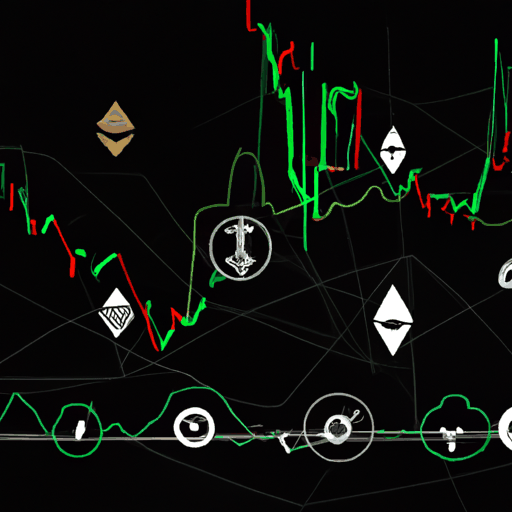
Stablecoin Market Surpasses $300 Billion, Boosting Bitcoin and Ethereum Prospects
By: Eva Baxter
The stablecoin market has reached a remarkable milestone, exceeding a market capitalization of $300 billion, which marks a substantial growth of nearly 47% year-to-date. This achievement highlights the growing importance of stablecoins as a bridge between traditional finance and the burgeoning crypto ecosystem. Data from DefiLlama shows that this impressive feat was accomplished on October 3, 2025, marking a period of intensified competition and new stablecoin launches.
Leading the market is Tether (USDT) with a staggering valuation of $176 billion, followed by Circle's USD Coin (USDC) at $74 billion. A notable newcomer, Ethena's USDe, has swiftly captured $14.8 billion, indicating heightened interest in yield-generating alternatives. What’s more, second-tier contenders like Sky and WLFI are emerging as strong competitors against these industry giants.
Ethereum remains the preferred blockchain for stablecoins, hosting approximately $177 billion in natively minted assets. Other platforms like Tron, Solana, and Arbitrum also contribute significantly with holdings of $76.9 billion, $13.7 billion, and $9.6 billion, respectively. The expansive growth of stablecoins has also drawn attention from major financial institutions, prompting updated forecasts for the industry.
A prediction by Coinbase suggests that stablecoins could reach $1.2 trillion in market capitalization by 2028, driven by favorable regulations and the wider acceptance of tokenized assets. As highlighted in research, stablecoins facilitate price discovery and trading efficiency without directly impacting Bitcoin or Ethereum's returns. Yet, they promote market stability, with increased Tether activity frequently coinciding with price declines in Bitcoin, reaffirming its role as a safe haven.
Ultimately, the surge in stablecoin liquidity signifies an influx of returning capital to digital assets, bolstering liquidity and reinforcing the foundational strength of cryptocurrencies like Bitcoin and Ethereum. This stablecoin boom is deepening crypto's integration with mainstream finance, enhancing capital efficiency, and fostering a resilient market landscape.



